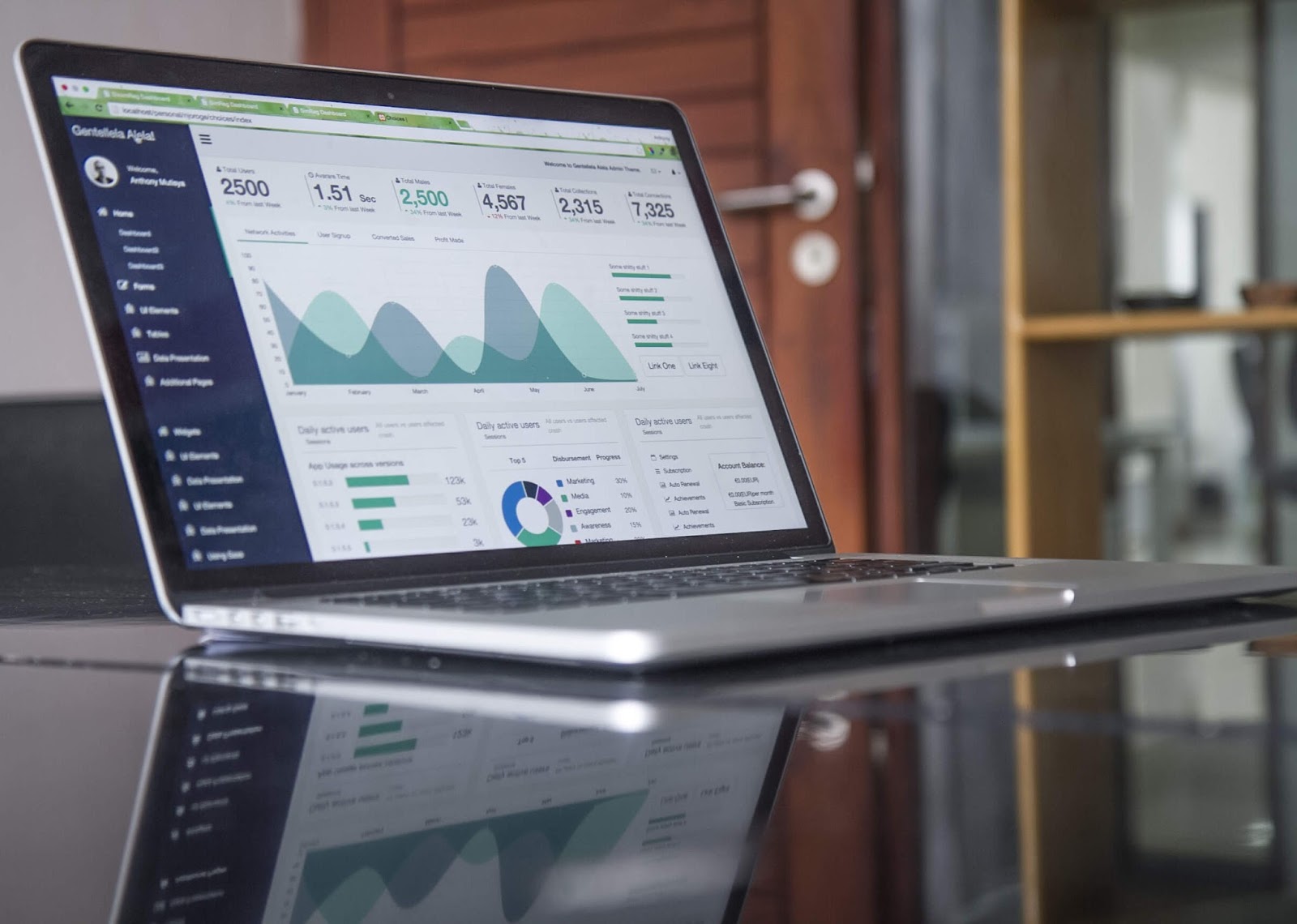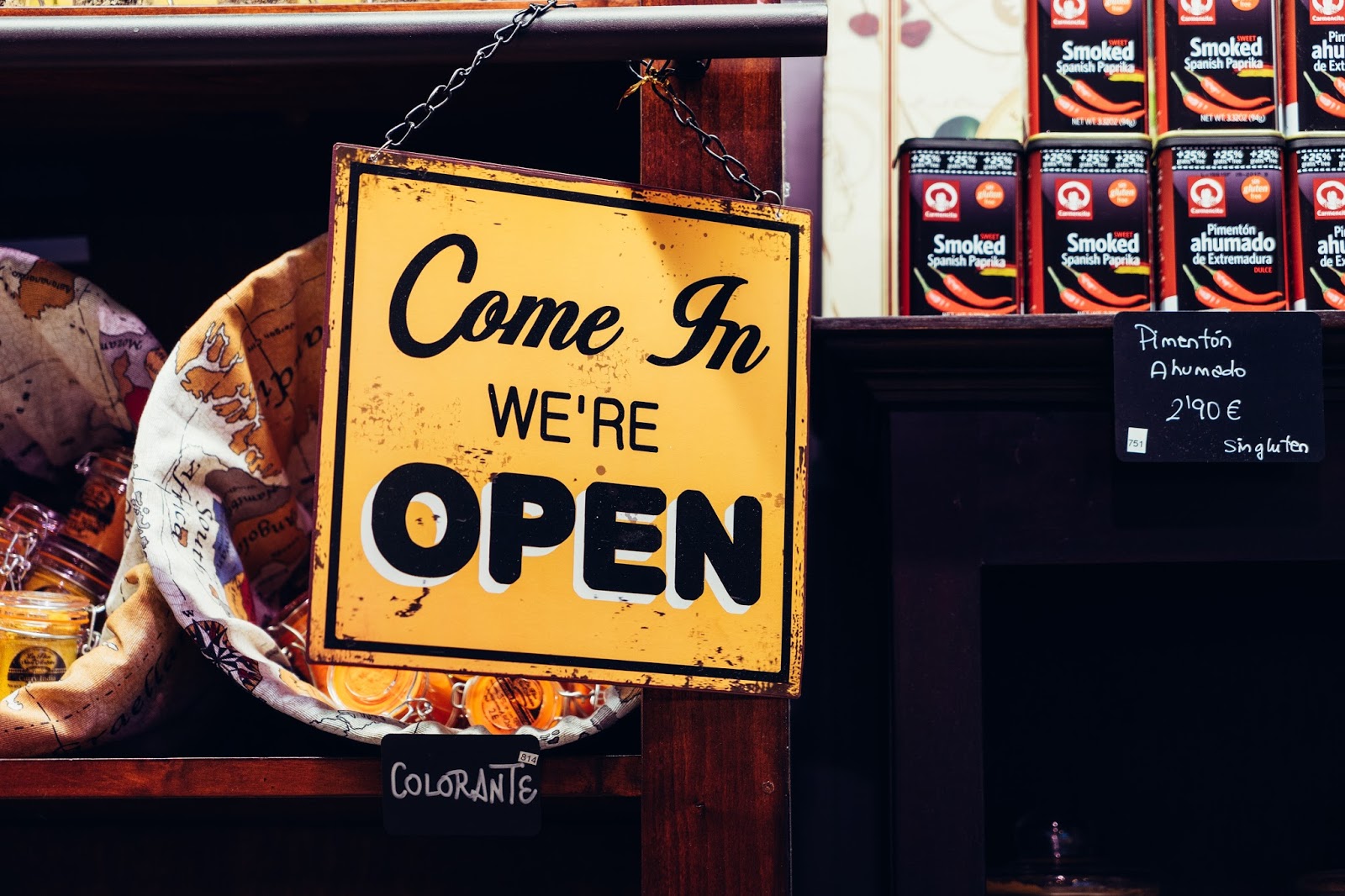While eCommerce has had a big impact on the retail industry, it certainly hasn’t eliminated customer demand for brick and mortar stores. Research shows that the ability to physically touch and feel a product and take it home immediately remain the top two reasons people still prefer shopping in a store.
But eCommerce continues to grow, and while it might not be stealing business away from retail stores, it is changing the way consumers shop both in-store and online. For retail stores, then, it is becoming necessary to maintain a hybrid eCommerce/brick-and-mortar strategy that utilizes the strengths of both.
A great online store can not only bring in new revenue from online sales, it can also help boost your retail store revenue and improve the shopping experience for your local customers.
Here are some of the best ways you can use your eCommerce store to drive retail sales.
1.) Let Customers Research & Shop Outside of Store Hours
When Forbes conducted research into the retail buying habits of customers, they found that the majority of customers conducted their largest purchases by first researching online and then purchasing in store. In fact, just 18% did both their research and purchase while present in the store.
A well-designed eCommerce site is beneficial for customers who would normally purchase in-store for a number of reasons:
- They can spend as much time as they want researching and browsing
- They can opt-in to promotions and discounts
- They can shop for an entire collection of items

Source: Jiří Wagner
I know that when I look to make an online purchase, I’m often also looking to purchase a number of ancillary or complementary items. Purchasing online gives me the flexibility to browse for these items to find the best deal and perfect product.
What’s more, you’ll find that having an easy-to-use online store will invite customers to browse your products outside of store hours, essentially giving them the opportunity to window shop 24/7, create a list and complete their purchase in-store. This limitless exposure is why having great product photos and descriptions are some of the most important aspects of an online store with a retail shop.
2.) Offer More Services
Adding features to your online store, such as an app or a new piece of software, can be much easier than trying to augment your physical retail store. New features can quickly be trialed and tested on your online store, and their successes can bring benefits to your business as a whole.
Adding new features can improve the shopping experience for online customers, but there are also ways you can use your online store to stand out amongst your local competitors. Some effective strategies include:
Offer a store pickup option.
If your local customers like browsing your online store but don’t want to pay for shipping, why not give them the ability to buy their products immediately and pick them up at a later date? This lets them shop whenever they like and take advantage of any online promotions you want to run.
It also means that customers in a hurry or from out of town can purchase their products in advance! There are Shopify pickup apps available that let you easily add this feature to your Shopify store.
Provide free or discounted shipping for locals.
In many countries, shipping is often cheap or can be purchased at a flat rate for customers in the same area as your retail store. You can use this to your advantage to allow customers to still purchase your products, even if they can’t make it to your store.
Have a back in stock form.
Your local customers don’t want to miss out on new stock, but they also don’t want to keep visiting your store for updates. Having a back in stock form lets them keep up to date when new stock has arrived. Back in stock apps will also let you track which products are in high demand!
Create a wishlist.
How often do your customers come in with a list of products that they are looking to buy, only to comment on a product they saw on the website that they can’t remember? Adding a wishlist feature allows customers to save items and ensure nothing gets lost again.
3.) Understand Buyer Behavior Better
One of the truly great benefits that an online store has over a retail store is the ability to easily collect information about how your customers like to shop. Free tools like Google Analytics and heat mapping software mean that even small online stores can be automatically capturing information about how people are browsing through their catalog.

Source: Carlos Muza
This additional data on buyer behavior can translate into fantastic insight for your retail store, such as:
- Which products are the most viewed. This can help you determine which products you should use in advertising and which can entice people into your store.
- Which products sell well together. What groups of products do people typically look at and purchase together? This can help you with in-store promotions and even with how you lay out your shop.
- Which advertisements work best. It’s much simpler to create and iterate on online advertisements like your homepage banner ads. You can trial these ads and see which might translate well to promotions in-store.
While some of this data can also be captured in-store, it can be done much more passively and automatically online. Most in-store data comes from purchases, while an eCommerce store can also track how people are browsing and which items are added to the cart and later abandoned.
Paco Underhill discusses the results of obtaining this kind of information from a brick and mortar store in his book Why We Buy. If you’ve read the book, you’ll understand the difficulties in obtaining the type of data in-store that is available to an eCommerce store.
4.) Help Locals find Your Business
An eCommerce store doesn’t just have to be about selling your products online, it can be a great way to help your local customers find you.

Source: Álvaro Serrano
Having an online presence can grow your local customer base in a number of ways. For one, you can use it in your local advertising campaigns.
Whether this is on Facebook or Google AdWords, you can run local ad campaigns that link back to a catalog of your product range so potential customers can view your offerings before making the trip.
What’s more, listing all of your products online with great descriptions and product photos means you’re much more likely to show up when they are searching for your product on Google, especially if they happen to search for a particular product via Google Maps.
I’ve personally worked with a business where the physical store existed for 10+ years, but until we started investing in the eCommerce store, many of our ideal customers, who lived in the same neighborhood, had no idea we existed!
For this reason, it’s great to include a detailed contact page on your eCommerce store that features a map of your location.
How do I Setup an eCommerce business for my Retail Store?
If you’re already running an omnichannel business that utilizes both an eCommerce store and a brick and mortar outlet, then hopefully these tips will help you better integrate the two.
But if you haven’t looked at an eCommerce store yet, there are a few things you’ll need to set up one:
- An eCommerce website like Shopify or BigCommerce
- Information about your products such as their weights, price and inventory levels
- Great product photos and descriptions
Getting set up can be a big task, but there is lots of help available. The most time-intensive process that you need to get right can be shooting all of your product photos. Great product photos can take time and expertise, while poor product photos can reflect poorly on your brand.
The Pixc app can help you automate your photo-editing and get professionally-edited product photos in 24 hours. You can also use apps and plugins to sync up your inventory systems and make use of the information you already have.
Ecommerce is changing the way people are shopping both online and in-store, and software like Pixc has made it easier than ever to manage the demands of running an online store alongside your brick-and-mortar shop. We’re now seeing how a great omnichannel strategy can even help drive your retail sales!
So pick a platform, gather your products, and let Pixc help you with the product photography you need.








